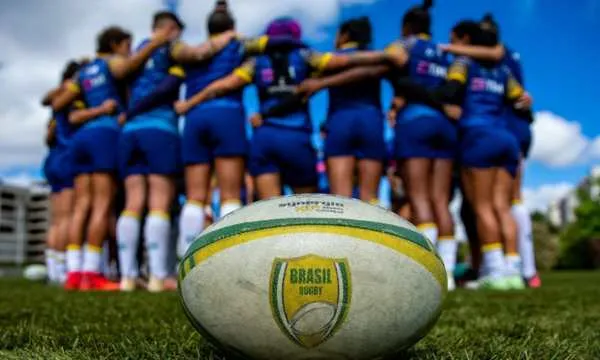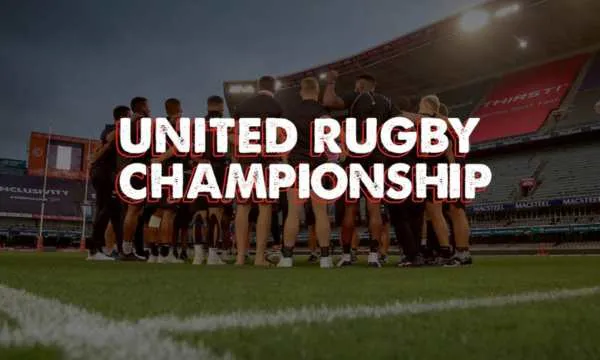The Six Nations offers rugby’s most thrilling journey, with historic titles and unmatched pressure in every match played.
Anúncios
This is more than just a series of matches it’s a spectacle of passion, tradition, and national pride that captivates millions every year.
For weeks, fans are treated to a showcase of incredible skill and unwavering determination.
The tournament is where historic rivalries are reignited and legends are born on the pitch.
Understanding the stories behind the trophies and the glory of a Grand Slam makes every moment even more exciting.
Get ready to explore the rich history and thrilling action that defines this amazing championship.
All the Grand Slams of the Six Nations Era
Achieving a Grand Slam is an extraordinary feat, requiring one team to defeat all five of its opponents during a single tournament.
It is a symbol of absolute dominance and consistency, making it one of the most coveted achievements in world rugby.
The pressure on the players is immense, as a single loss at any stage ends the dream for another year.
The Six Nations era, which began in 2000 when Italy joined the original five nations, has seen several memorable Grand Slams.
For instance, France showcased their formidable strength by securing the title in 2025, a victory that highlighted their offensive brilliance.
Similarly, England’s aspirations for a Grand Slam have been reignited after some incredibly strong performances, proving that the dream is always alive.
The journey to a Grand Slam is a true test of a team’s skill, teamwork, and mental fortitude.
The Oldest Rivalry for the Triple Crown
While the Grand Slam is the ultimate goal for every team, the Triple Crown holds a special place in the hearts of the “Home Nations”: England, Ireland, Scotland, and Wales.
This is a “championship within a championship” and one of the oldest rivalries in international rugby.
To win the Triple Crown, one of these four teams must defeat the other three during the tournament.
It’s a prize steeped in more than a century of history and tradition, representing a unique form of bragging rights among the founding nations of the sport.
Matches between the Home Nations are always fiercely contested, filled with an intensity that you can feel through the screen.
The atmosphere in the stadiums is electric, as ancient rivalries play out on the field.
England’s resurgence, marked by a record-breaking victory over Wales in 2025, has added even more fuel to this historic rivalry, promising thrilling future encounters.

Learn About the Trophies and Honorary Contests
Beyond the main championship trophy and the Triple Crown, the Six Nations is famous for its collection of individual rivalry trophies.
These contests add personal and historic significance to specific matches throughout the tournament.
The Calcutta Cup is contested between England and Scotland, a rivalry that dates back to 1879 and is the oldest in international rugby.
Other notable trophies include the Millennium Trophy, awarded to the winner of the match between England and Ireland, and the Giuseppe Garibaldi Trophy, which is contested by France and Italy.
There’s also the Auld Alliance Trophy for the winner of France versus Scotland, celebrating a historic alliance between the two nations.
These honorary contests ensure that every team has something significant to play for in every match, even if their hopes for the main title have faded.
How Does the Six Nations Work? Dates and Formats
The tournament is a round robin competition, meaning each of the six teams plays every other team once.
This results in a total of 15 matches spread across five weekends, typically starting in early February and concluding in mid March.
Teams alternate between home and away matches each year, ensuring a fair balance over a two year cycle.
This straightforward structure allows rivalries to build and culminates in a thrilling “Super Saturday” on the final weekend.
The points system is designed to reward attacking play. A team gets four points for a win and two for a draw and a losing team can still earn a bonus point if they lose by seven points or fewer.
Furthermore, any team that scores four or more tries in a match receives a bonus point, regardless of the result.
This encourages exciting, high scoring games and keeps the championship race tight until the very end.
A team that wins the Grand Slam is also automatically awarded three extra bonus points to ensure they finish at the top of the table.
Women’s Six Nations and the Future of European Rugby
The future of European rugby is incredibly bright, and a huge part of that is the phenomenal growth of the Women’s Six Nations Championship.
Now held in its own dedicated window after the men’s tournament, the women’s competition has gained massive popularity and visibility.
The quality of play is outstanding, and the matches are just as passionate and competitive.
The increased investment and media coverage are helping to inspire a new generation of female players and fans, which is fantastic for the sport as a whole.
Looking ahead, the sport is also placing a greater emphasis on player welfare.
New guidelines are being introduced to manage workloads, limiting the number of matches players can participate in consecutively.
These important measures are designed to protect the athletes’ health and ensure the long term sustainability of the sport at the elite level.
The evolution of the Women’s Six Nations and the commitment to player welfare show that European rugby is not just resting on its history but is actively building a sustainable and inclusive future.
Conclusion
From the ultimate glory of a Grand Slam to the historic pride of the Triple Crown and the unique stories behind each rivalry trophy, the Six Nations is a tournament like no other.
It’s a perfect blend of tradition, passion, and world class sporting action.
The simple format creates weeks of excitement, while the growth of the women’s game and a focus on the future ensure its legacy will continue to grow.
We hope this guide has given you a deeper appreciation for the magic of the championship.
FAQs
1. What is a “Grand Slam” in the Six Nations?
A Grand Slam is when one team manages to defeat all five of its opponents in a single Six Nations tournament.
2. Which teams compete for the Triple Crown?
The Triple Crown is contested by the England, Ireland, Scotland, and Wales.
3. How are points awarded in a Six Nations match?
A team receives 4 points for a win, 2 for a draw, and 0 for a loss. Bonus points are awarded for scoring four or more tries (1 point) or for losing by 7 points or fewer (1 point).
4. Is there a Women’s Six Nations tournament?
Yes! The Women’s Six Nations is a thriving competition that has its own dedicated tournament window and is growing in popularity every year.
5. Where can I watch the Six Nations in the UK?
The Six Nations is broadcast on free to air television in the UK, with the BBC and ITV sharing the rights.


